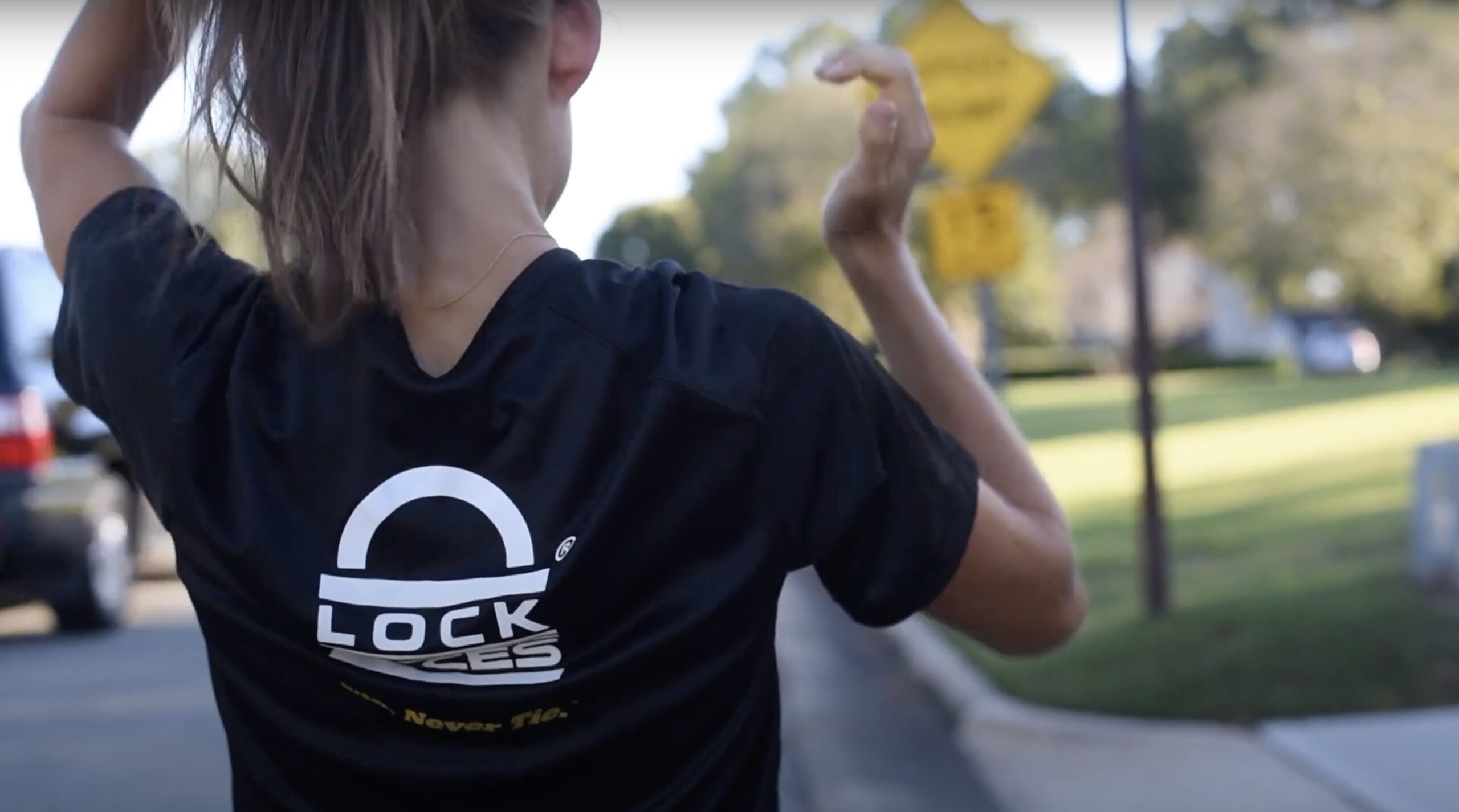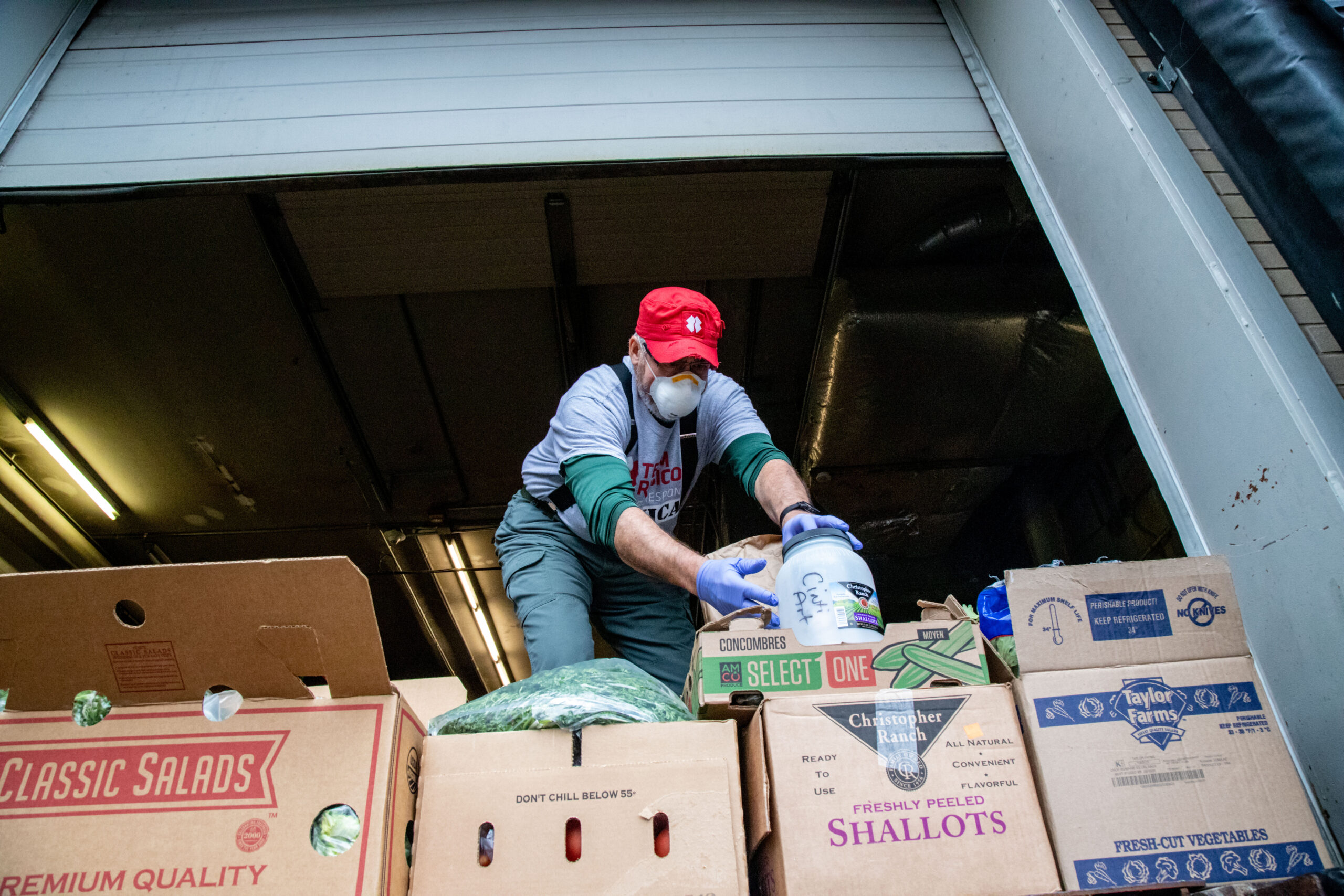Much has been said about the economic devastation of the pandemic: the jobs lost, the businesses closed, the industries overturned. Less attention has been given to another victim of the crisis: the nonprofit sector and the millions of people who depend on it.
In a recent study, nearly all nonprofit and not-for-profit organizations (96.5%) reported negative impacts due to COVID-19. The majority reported a drop in contributions, while others cited disruptions to operations, staffing issues, disrupted supply chains and travel restrictions (which can prevent donors, employees and volunteers from reaching the organization and, in turn, prevent the organization from reaching recipients of its services). All of these challenges hit nonprofits overnight, at a time when many were already operating at a razor-thin margin.
These organizations are walking a tightrope in a hurricane.
To make matters worse, COVID-19 has generated further demand for the services provided by nonprofits, as millions of Americans lose their jobs and face food insecurity and high medical bills. Meanwhile, operating costs have risen, and many organizations fear they could lose public funding, as the government looks to cut costs in the shadow of mounting budget deficits.
It’s a grim picture. And while it’s easy to look at the statistics and see that COVID-19 has wreaked havoc on the nonprofit sector, it’s difficult for those of us who don’t directly depend on these organizations to comprehend what the numbers mean at a human level.
What they mean is this: When a person loses access to a service that they would otherwise receive from a nonprofit, their life and livelihood are on the line. What do you tell your child, who has a developmental disability, when funding for their special education program is cut? What happens to a person who is addicted to drugs, when they can’t get the help they need to recover? What do you do when you show up to a food bank and the shelves are bare?
Clearly, we can’t afford to lose our nonprofits.
So, how can these organizations reach the other side?
At MACLYN, we have worked closely with a number of nonprofits and not-for-profits. We understand that many of you were facing economic challenges long before COVID-19 – it’s estimated that about half of all nonprofits operate with three months’ cash on hand or less – and we know that the pandemic has turned an already-difficult situation into a treacherous balancing act. We want to help.
To that end, we put our heads together and selected several best practices that we think will be essential to nonprofits for the foreseeable future. Obviously, there’s no magic here. No single solution will solve the challenges you face. But, as you read through these guidelines, we hope they will spark some creative thinking and help you strengthen your marketing strategy. Take a look:
#1 – Create a network of organizations.

Abbey Bobzin, Media Relations Account Executive at MACLYN, worked at three nonprofits before joining our agency. When it comes to fundraising for nonprofits, she says that there’s strength in numbers.
“Every nonprofit I’ve worked for has always been about leveraging existing partnerships to create something new,” she says. “Using those relationships is a mutually beneficial way to keep costs down while creating a story that the community can get behind.
“While at Milwaukee theatre company Cooperative Performance, we collaborated with Alverno College artists and creators to connect with immigrants, creating a new play about DACA and DREAMers that had timely relevance in the media.”
Another good example: Earlier this year, Gigi’s Playhouse (a nonprofit organization that supports and advocates on behalf of individuals with Down syndrome) teamed up with Lock Laces (a company that produces no-tie shoelaces) to showcase the many different kinds of warriors in the world. The unlikely partnership between the for-profit business and nonprofit organization was a win-win, driving donations for Gigi’s and sales for Lock Laces. Check out the campaign here.
#2 – Focus on major holidays, like #GivingTuesday.

The Tuesday after Thanksgiving (Dec. 1, 2020) is a global fundraising holiday that’s become wildly popular over the last few years. Last year alone, #GivingTuesday generated $511 million in the United States and nearly $2 billion globally. All in one day! The organizations that were most successful on #GivingTuesday began promoting the event weeks or months ahead of time and made a splash by giving it their own original spin.
Clearly, #GivingTuesday is an opportunity to drive revenue, at a moment when altruism is top-of-mind for millions of people. It’s also a great time to build long-term relationships. We recommend encouraging donors to register for a recurring giving program, rather than a one-time donation, to turn those sparks of altruism into long-term sources of revenue.
Also, be sure to give donors a way to spread the word on social media, such as branded Facebook profile frames and Instagram story stickers/gifs. (Resources: How to Create a FB Profile Frame and How to Create Custom GIFs/Stickers on Instagram)
As we mentioned in Tip #1, consider partnering with another organization to create an event or stunt that generates interest from potential donors and the media. Do something exciting and unexpected to distinguish your organization from all the others.
#3 – Change the meaning of a traditional holiday.

In 2015, REI made a bold move with their #OptOutside Black Friday campaign. Unlike other retailers, who celebrated the day after Thanksgiving with sales and extended hours, REI closed their doors, gave their employees the day off, and encouraged customers to join them in skipping the most consumerist day of the year.
It totally broke convention, but the campaign went viral and, somewhat ironically, turned into a marketing boom for REI. Now, fans continue to celebrate #OptOutside in lieu of Black Friday and use the hashtag beyond the holiday.
The success of #OptOutside is a good reminder that holidays are ideas; their meanings can change. Think about how your organization can challenge people to turn a holiday (or just another Tuesday) into an altruistic event.
P.S. Take a look at how REI is evolving their #OptOutside messaging with “Opt to Act,” which puts an activist spin on the holiday.
#4 – Expand your audience through outreach and meaningful acts.

Right now, individuals may be donating smaller amounts, but you can make up those losses by expanding to new audiences, focusing on underrepresented demographics – or demographics you haven’t connected with in the past – and using your organization as a platform for community education and outreach.
Once you’ve identified your audience, the best way to connect with them is by taking action. Attend community meetings. Host or sponsor virtual networking events. Join local Facebook groups. Make on-the-ground efforts to get facetime with your audience and build relationships with community leaders. Reaching audiences through targeted advertising and boosted posts is one thing, but the best way to build trust is by getting out there and getting active.
For example, while Abbey was working at Naper Settlement, an outdoor history museum in Naperville, Illinois, the organization built connections with Naperville’s Asian American community by participating in meetings of local organizations, listening to members of the community, and inviting local artists and cultural experts to get involved in the Settlement’s work.
By building those relationships, Naper Settlement was able to work closely with the community to create new exhibits and host a cultural event, which earned media attention and built further trust. It was a success—so much so that the organization decided to turn the one-time event into an ongoing series featuring various underrepresented cultural groups. In 2019, the Settlement worked with members of Naperville’s Indian American community to host “Beyond Bollywood: Indian Americans Shape the Nation,” the follow-up to the previous year’s exhibit and event.
How can your organization use your platform to educate and advocate? What demographics and cultures are underrepresented in your community? Could you partner with local organizations to put a new spin on your mission and your messaging?
#5 – Don’t cancel your donor events. Go virtual.

Like most nonprofit organizations, the Edward Foundation depends on large-scale donor events – like its annual Big Gig gala – for a significant portion of its fundraising. Obviously, the pandemic has made many of these events impossible, and it seems unlikely that gathering large groups of people together will be feasible anytime soon.
Instead of canceling the Big Gig, Edward created a virtual version of their event called The Big Give. The online event featured a variety of video stories and testimonials that highlighted Edward-Elmhurst’s response to the pandemic and showcased its efforts to care for patients with COVID-19. To encourage participation, Edward invited community members to submit short videos showing their support for Edward and played the videos during the event.
Virtual events can be a cost-effective alternative to traditional events. However, make sure you know the best practices of hosting a virtual event before you make your own.
#6 – Give people a reason to attend your virtual event (beyond the act of giving).

There are so many online events right now. And, to be honest, some of them are pretty boring. There just isn’t anything compelling about sitting at a computer and watching people talk.
To keep your event from being a virtual snooze-fest, we recommend featuring an entertaining main activity, like a talent show, cooking session, race, raffle, fashion show or videogame tournament.
For example: On October 29th, the March of Dimes Chicago (a nonprofit that supports the health of mothers and babies) is hosting a virtual Signature Chefs event, where corporate sponsors and individual donors can attend a variety of online experiences, like wine tastings and cooking classes. Take a look.
#7 – Get some free advice.
We know that many nonprofits are struggling to navigate this year, and we understand that hosting virtual events and raising funds over social media can be intimidating, so MACLYN is happy to give some free advice. Reach out to us, and we’ll help any way we can.

 The Meaning of MACLYN
The Meaning of MACLYN Our Team
Our Team
















 Brand Development
Brand Development Content Creation
Content Creation Graphic Design
Graphic Design Photography
Photography Web Design + Development
Web Design + Development Outsourced B2B Marketing
Outsourced B2B Marketing Strategy
Strategy SEO
SEO Search Engine Marketing
Search Engine Marketing Social Media Management
Social Media Management Content Marketing
Content Marketing Influencer Marketing
Influencer Marketing Videography
Videography Post-Production
Post-Production Screenwriting
Screenwriting Animation
Animation Earned Media
Earned Media Community Relations
Community Relations Crisis Communication
Crisis Communication








